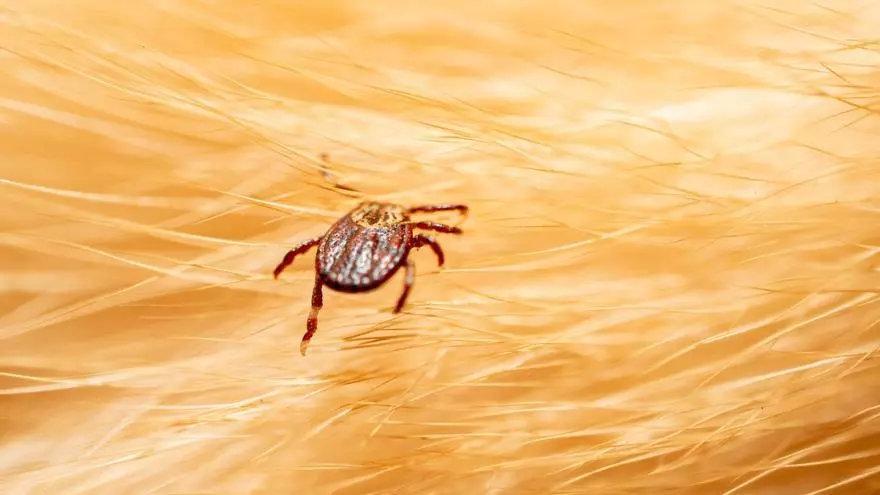CRIMEAN HEMORRHAGIC FEVER CONGO SPAIN |Scientific research

A study carried out by scientists from the Institute for Research on Game Resources (IREC) of the University of Castilla-La Mancha (UCLM) and the Higher Council for Scientific Research. It was possible to detect the Crimean-Congo hemorrhagic fever virus in 10.5% of ticks caught and analyzed in the suburban area of Ponferrada (Leon).
The results of this study indicate the need to take into account that the Crimean-Congo hemorrhagic fever virus can spread in northwestern Spain not only through those species of ticks that act as the main vectors of the virus, but also through others that have not yet been considered as transmitting species.
According to a study published by the Health and Biotechnology Research Group (SaBio) of IREC and carried out by EFE, 10 of the 95 ticks were analyzed in this region of El Bierzo, where three clinical cases in humans have been reported since 2021, with one death. as a result of this disease, it is a carrier of the Crimean-Congo hemorrhagic fever virus.
High mortality rate
Crimean-Congo hemorrhagic fever is one of the human viral diseases of greatest concern to the World Health Organization due to its high mortality rate, lack of effective vaccines, human-to-human transmission and the virus’s enormous ability to mutate. it causes it.
It appeared unexpectedly in people in northwestern Spain in 2021 with a case associated with a tick bite on the outskirts of the city where the patient lived (Ponferrada), and two more tragic cases were reported in the region in 2022. the result of the death of a 51-year-old forest agent.
With these, Since 2013, 13 cases of Crimean-Congo hemorrhagic fever have been confirmed in Spain.
After the first case was reported in 2021, these researchers began a study to determine whether the virus was circulating in ticks on the outskirts of the city of Ponferrada.
Collection of ticks
To this end, a 30 km walking tour was carried out around the outskirts of Ponferrada, during which ticks were collected using cotton blankets to identify the species involved in local transmission of the virus.
In addition, traces of wild ungulates, important tick hosts, were detected during sampling, and the potential presence of Hyalomma Marginatum was assessed based on farm and cattle densities.
Collected ticks were transported to the laboratory for morphological identification and RNA analysis to assess virus prevalence.
Using PCR and sequencing, 10 of the 95 ticks analyzed were found to be infected with Crimean-Congo hemorrhagic fever virus, possibly one of the highest infection rates ever recorded in free-living foraging ticks.
